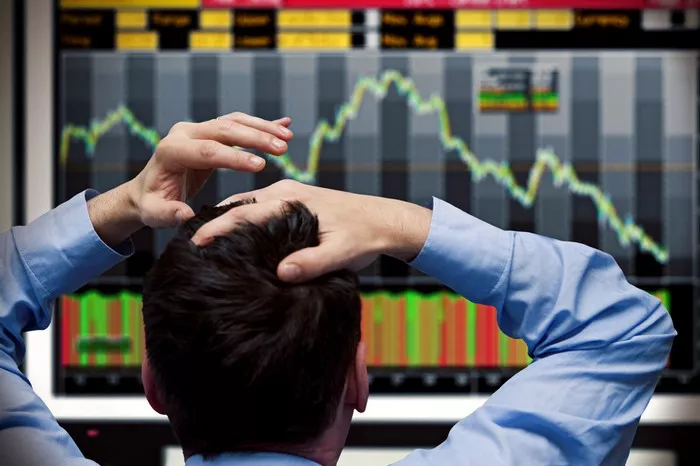Futures markets serve as a vital barometer of economic activity, providing valuable insights into market sentiment, price expectations, and future trends across various asset classes. Understanding what futures are indicative of is crucial for investors, traders, and policymakers alike, as futures prices reflect market participants’ collective expectations and assessments of future events. In this article, we’ll explore the significance of futures and what they indicate about market dynamics, economic conditions, and investor sentiment.
Understanding Futures Contracts
Futures contracts are financial instruments that obligate the buyer to purchase and the seller to sell a specified asset at a predetermined price on a future date. These standardized contracts are traded on regulated futures exchanges, where buyers and sellers come together to exchange contracts based on market supply and demand dynamics. Futures contracts are available for a wide range of asset classes, including commodities, financial instruments, currencies, and market indices, providing investors with opportunities to speculate on price movements and hedge against price risk.
Indicators of Market Sentiment
Futures prices serve as indicators of market sentiment, reflecting investors’ collective beliefs, attitudes, and expectations about future price movements. Bullish sentiment, characterized by optimism, confidence, and a positive outlook on the market, may drive futures prices higher as buyers outnumber sellers and demand exceeds supply. Conversely, bearish sentiment, characterized by pessimism, uncertainty, and a negative outlook on the market, may drive futures prices lower as sellers outnumber buyers and supply exceeds demand. By analyzing changes in futures prices, traders can gauge market sentiment and anticipate potential shifts in price direction.
Predictors of Economic Trends
Futures prices are often viewed as predictors of economic trends, providing valuable insights into future economic conditions, growth prospects, and inflation expectations. For example, rising futures prices for commodities such as oil, metals, and agricultural products may signal expectations of robust economic growth and increased demand for raw materials. Falling futures prices for interest rate futures may indicate expectations of lower interest rates and accommodative monetary policy to stimulate economic activity. By monitoring futures prices across different asset classes, economists and policymakers can assess market expectations and adjust their policy decisions accordingly.
Harbingers of Price Volatility
Futures prices are sensitive to changes in market volatility, reflecting uncertainty and risk aversion among investors. High volatility in futures markets may lead to wider price fluctuations and increased trading activity as market participants adjust their positions in response to changing market conditions. Conversely, low volatility in futures markets may result in smaller price movements and reduced trading activity as market participants adopt a wait-and-see approach. By tracking changes in futures prices and volatility levels, traders can assess market risk and adjust their trading strategies accordingly to manage risk effectively.
Barometers of Supply and Demand Dynamics
Futures prices serve as barometers of supply and demand dynamics in the underlying markets, reflecting changes in market fundamentals and influencing price trends over time. Increases in demand relative to supply may lead to higher futures prices as buyers compete for limited resources and bid up prices. Decreases in demand relative to supply may lead to lower futures prices as sellers seek to offload excess inventory and reduce prices to attract buyers. By analyzing changes in futures prices and open interest, traders can assess supply and demand dynamics and anticipate potential price movements based on changes in market fundamentals.
Indicators of Investor Behavior
Futures prices are influenced by investor behavior and trading activity in futures markets, reflecting buying and selling pressure from market participants. Increases in trading volumes and open interest may signal growing investor interest and participation in futures markets, driving prices higher as demand exceeds supply. Decreases in trading volumes and open interest may signal waning investor interest and participation, leading to lower prices as supply exceeds demand. By monitoring changes in trading volumes, open interest, and market liquidity, traders can gauge investor behavior and sentiment and adjust their trading strategies accordingly to capitalize on market trends.
Forecasters of Global Events
Futures prices are sensitive to global events and developments, reflecting geopolitical tensions, economic indicators, and policy decisions that impact market sentiment and investor confidence. Major geopolitical events such as conflicts, trade disputes, and diplomatic tensions may lead to increased volatility and uncertainty in futures markets, affecting prices across different asset classes. Economic indicators such as GDP growth, inflation rates, and employment figures may influence expectations of future economic conditions and drive price movements in futures markets. Policy decisions by central banks, governments, and regulatory authorities may impact interest rates, exchange rates, and market liquidity, affecting futures prices and trading patterns.
Guides for Risk Management
Futures prices provide valuable information for risk management, helping investors and traders assess potential risks and uncertainties in financial markets. By analyzing changes in futures prices and volatility levels, traders can identify potential sources of market risk and implement risk management strategies to protect against adverse price movements. Hedging strategies using futures contracts allow market participants to mitigate price risk and protect against losses by establishing offsetting positions that counterbalance exposure to price fluctuations. By incorporating futures prices into their risk management frameworks, investors can enhance portfolio resilience and minimize downside risk in volatile market environments.
Conclusion
In conclusion, futures prices are indicative of market sentiment, economic trends, price volatility, supply and demand dynamics, investor behavior, global events, and risk management considerations. By understanding what futures are indicative of, investors, traders, and policymakers can gain valuable insights into market dynamics, assess potential risks and opportunities, and make informed decisions in financial markets. Whether speculating on price movements, hedging against price risk, or managing portfolio exposure, futures prices serve as valuable tools for navigating the complexities of modern financial markets and achieving investment objectives.


